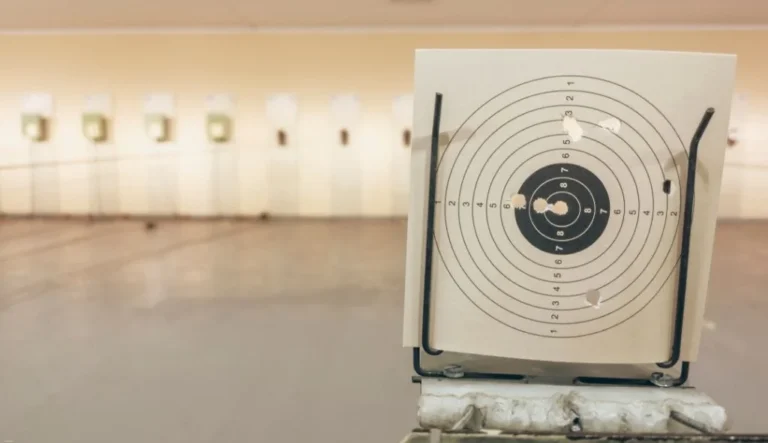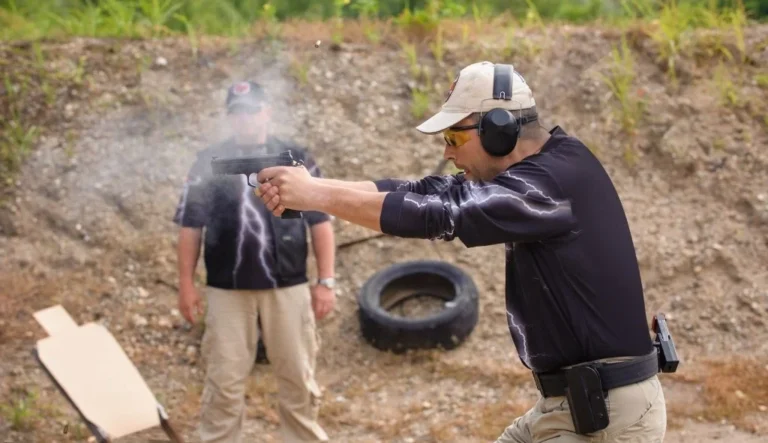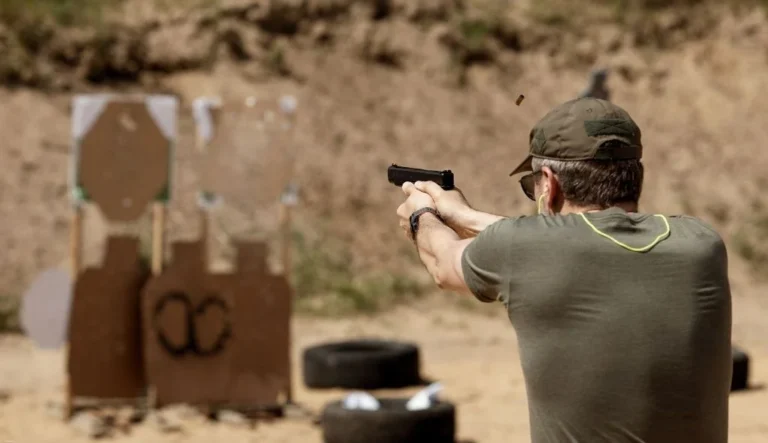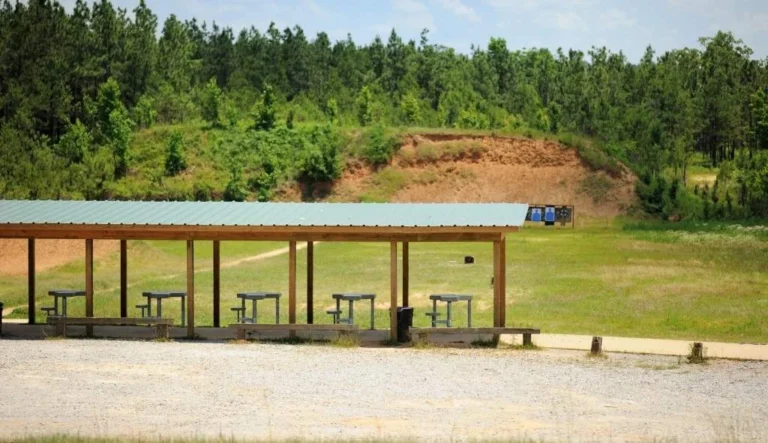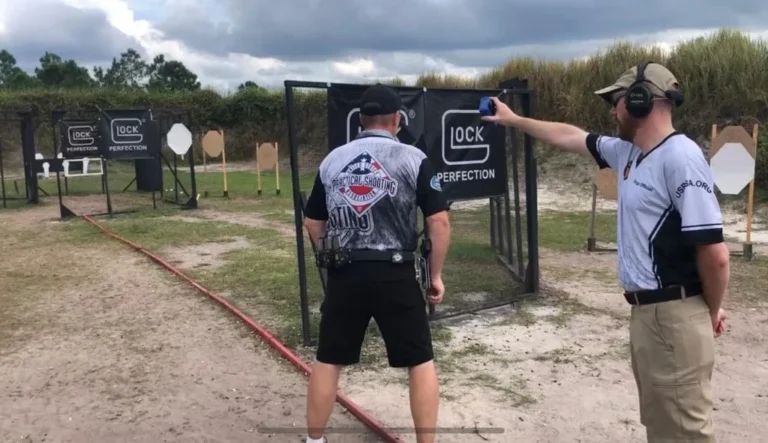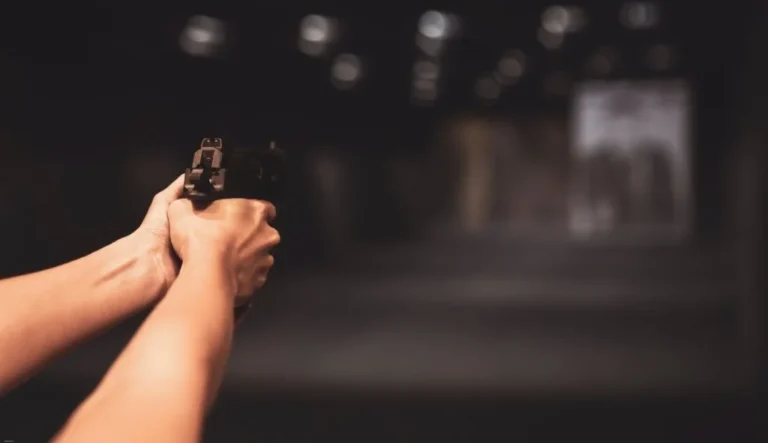Yes, you can shoot a shotgun at many shooting ranges. However, policies vary between indoor and outdoor ranges. Some indoor ranges only allow slugs or buckshot, while outdoor ranges often permit various shotgun loads.
Understanding Shooting Range Policies
Types of Shooting Ranges
Shooting ranges come in two main types: indoor and outdoor. Each type has its own set of rules and policies regarding shotgun use.
Indoor Ranges
Indoor ranges often have stricter rules about shotgun use due to space limitations and safety concerns. Many indoor ranges allow shotguns, but with specific restrictions:
- Some only permit slugs or buckshot
- Birdshot is typically not allowed due to potential damage to range equipment
- Shooters may need to use specific lanes designated for shotgun use
Outdoor Ranges
Outdoor ranges generally have more flexibility when it comes to shotgun use:
- They often allow a wider variety of shotgun loads, including birdshot
- Some outdoor ranges have dedicated areas for clay target shooting
- Trap, skeet, and sporting clays facilities are usually found at outdoor ranges
Common Range Rules for Shotguns
Regardless of the type of range, there are some common rules that apply to shotgun use:
- Always follow the range safety officer’s instructions
- Keep the shotgun unloaded until you’re at the firing line
- Point the muzzle downrange at all times
- Use only approved ammunition types
- Clean up your spent shells and targets
Safety Considerations
Personal Protective Equipment
When shooting a shotgun at a range, proper safety gear is crucial:
- Eye protection: Always wear safety glasses or goggles
- Ear protection: Use earplugs or earmuffs to protect your hearing
- Closed-toe shoes: Many ranges require these for added foot protection
Handling and Storage
Proper handling and storage of shotguns at the range is essential:
- Keep the action open and unloaded when not actively shooting
- Use a gun case or sleeve when transporting the shotgun to and from the firing line
- Never leave a loaded shotgun unattended
Types of Shotgun Shooting at Ranges
Target Shooting
Many ranges offer opportunities for target shooting with shotguns:
- Paper targets: Used for practicing with slugs or buckshot
- Clay targets: Some ranges have trap or skeet setups for moving target practice
Practice for Hunting
Shotgun shooters often use ranges to prepare for hunting season:
- Patterning: Testing how different loads and chokes perform
- Skill development: Improving accuracy and reaction times
Benefits of Shooting Shotguns at Ranges
Skill Improvement
Regular practice at a range can significantly improve shotgun shooting skills:
- Better aim and accuracy
- Faster target acquisition
- Improved recoil management
Safety Training
Ranges often offer safety courses and supervised shooting sessions:
- Learn proper shotgun handling techniques
- Understand range etiquette and safety protocols
- Practice in a controlled environment
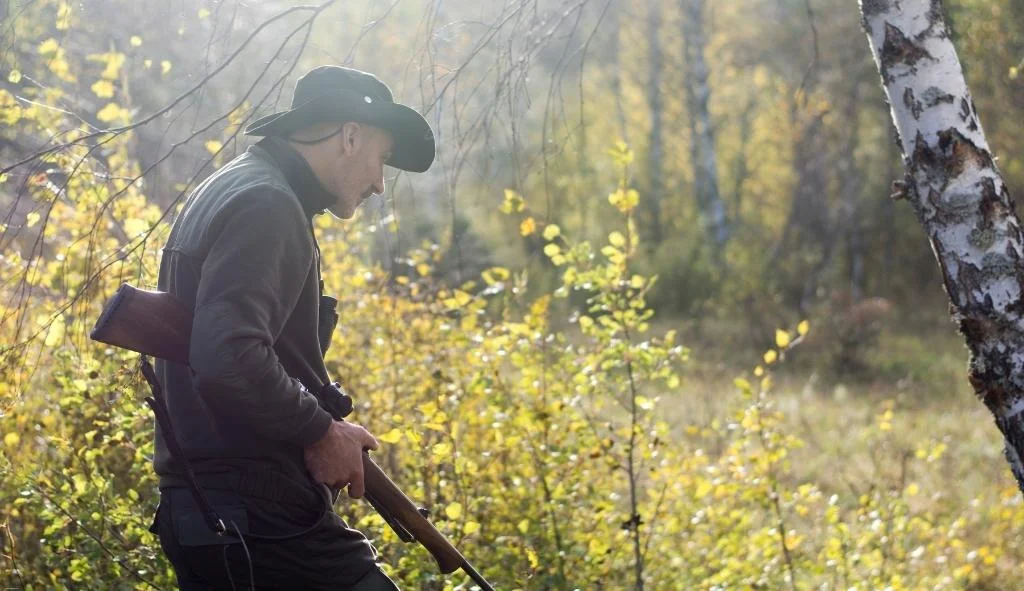
Choosing the Right Range for Shotgun Shooting
Factors to Consider
When looking for a range to shoot your shotgun, consider:
- Range policies on shotgun use
- Available shooting disciplines (trap, skeet, etc.)
- Distance to the range
- Membership requirements and fees
Finding Ranges
To find shotgun-friendly ranges in your area:
- See our listings
- Check with local sporting goods stores
- Contact your state’s department of natural resources
Shotgun Ammunition for Range Use
Approved Ammunition Types
Different ranges may have specific rules about acceptable shotgun ammunition:
- Slugs: Single projectile loads, often allowed at indoor ranges
- Buckshot: Large pellets, sometimes permitted indoors
- Birdshot: Smaller pellets, typically for outdoor use only
Prohibited Ammunition
Most ranges prohibit certain types of shotgun ammunition:
- Steel shot: Can damage range equipment
- Tracer rounds: Fire hazard and equipment damage risk
- Incendiary or explosive rounds: Illegal in most jurisdictions
Range Etiquette for Shotgun Shooters
General Behavior
Proper etiquette is crucial for a safe and enjoyable experience:
- Follow all range rules without argument
- Be respectful of other shooters
- Clean up your shooting area after use
Communication
Clear communication is important when shooting shotguns at a range:
- Inform range officers if you plan to use a shotgun
- Alert nearby shooters when loading or unloading
- Call out “cease fire” if you observe any unsafe conditions
Maintaining Your Shotgun for Range Use
Cleaning and Maintenance
Regular maintenance ensures your shotgun performs well at the range:
- Clean the barrel and action after each use
- Check for any signs of wear or damage
- Keep moving parts properly lubricated
Storage at the Range
Proper storage between shooting sessions is important:
- Use gun racks provided by the range
- Keep the action open and visible
- Never leave ammunition in the shotgun when not in use
Legal Considerations
Age Restrictions
Many ranges have age requirements for shotgun shooters:
- Minimum age may vary by state and range policies
- Minors often need adult supervision
Licensing and Permits
Some jurisdictions require specific documentation for shotgun use:
- Check local laws regarding shotgun ownership and use
- Some ranges may require proof of firearms safety training
Improving Your Shotgun Skills at the Range
Practice Techniques
To get the most out of your range time:
- Start with stationary targets before moving to clays
- Practice mounting your shotgun quickly and consistently
- Work on follow-through after each shot
Taking Lessons
Many ranges offer instruction for shotgun shooters:
- Group classes for beginners
- One-on-one coaching for more advanced shooters
- Specialized clinics for specific disciplines like trap or skeet
Environmental Impact of Shotgun Shooting
Lead Concerns
The use of lead shot can have environmental implications:
- Many ranges require non-toxic shot alternatives
- Some areas have banned lead shot due to wildlife concerns
Noise Considerations
Shotguns can be particularly loud, which may affect range locations:
- Indoor ranges often have strict sound dampening measures
- Outdoor ranges may have limited hours to minimize noise disturbance
Competitive Shotgun Shooting at Ranges
Types of Competitions
Many ranges host shotgun competitions:
- Trap and skeet tournaments
- Sporting clays events
- 3-gun competitions that include shotgun stages
Getting Started in Competition
If you’re interested in competitive shotgun shooting:
- Attend local matches as a spectator first
- Practice regularly at your chosen discipline
- Join a shooting club for access to more events and training
Adapting to Different Shotgun Disciplines
Trap Shooting
Trap involves shooting at clay targets launched away from the shooter:
- Typically uses a more open choke
- Focuses on lead and timing skills
Skeet Shooting
Skeet shooters engage targets crossing from two different houses:
- Requires quick target acquisition
- Tests ability to shoot at various angles
Sporting Clays
Often called “golf with a shotgun,” sporting clays simulates hunting situations:
- Involves a variety of target presentations
- Requires adaptability and diverse shooting skills

